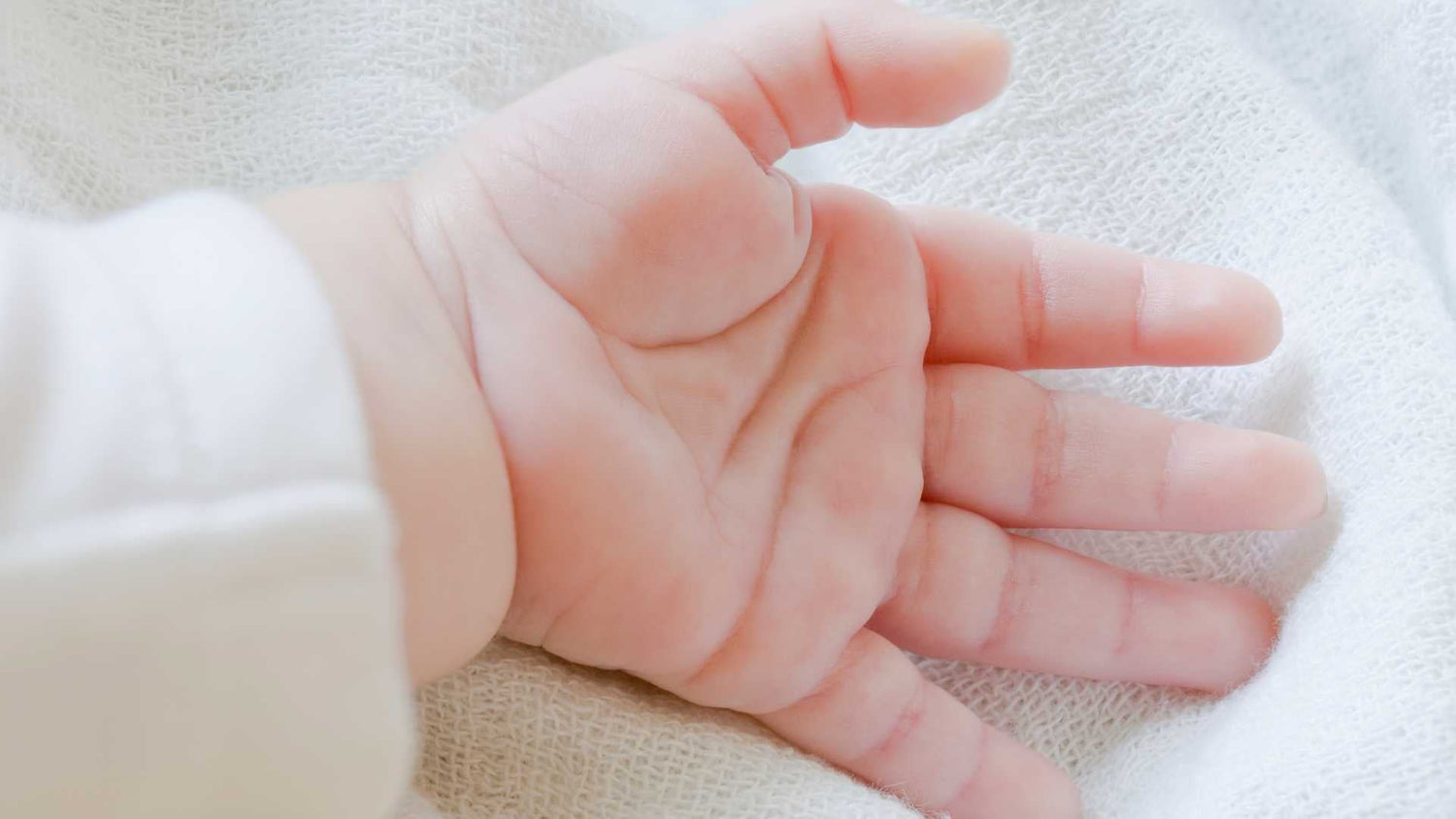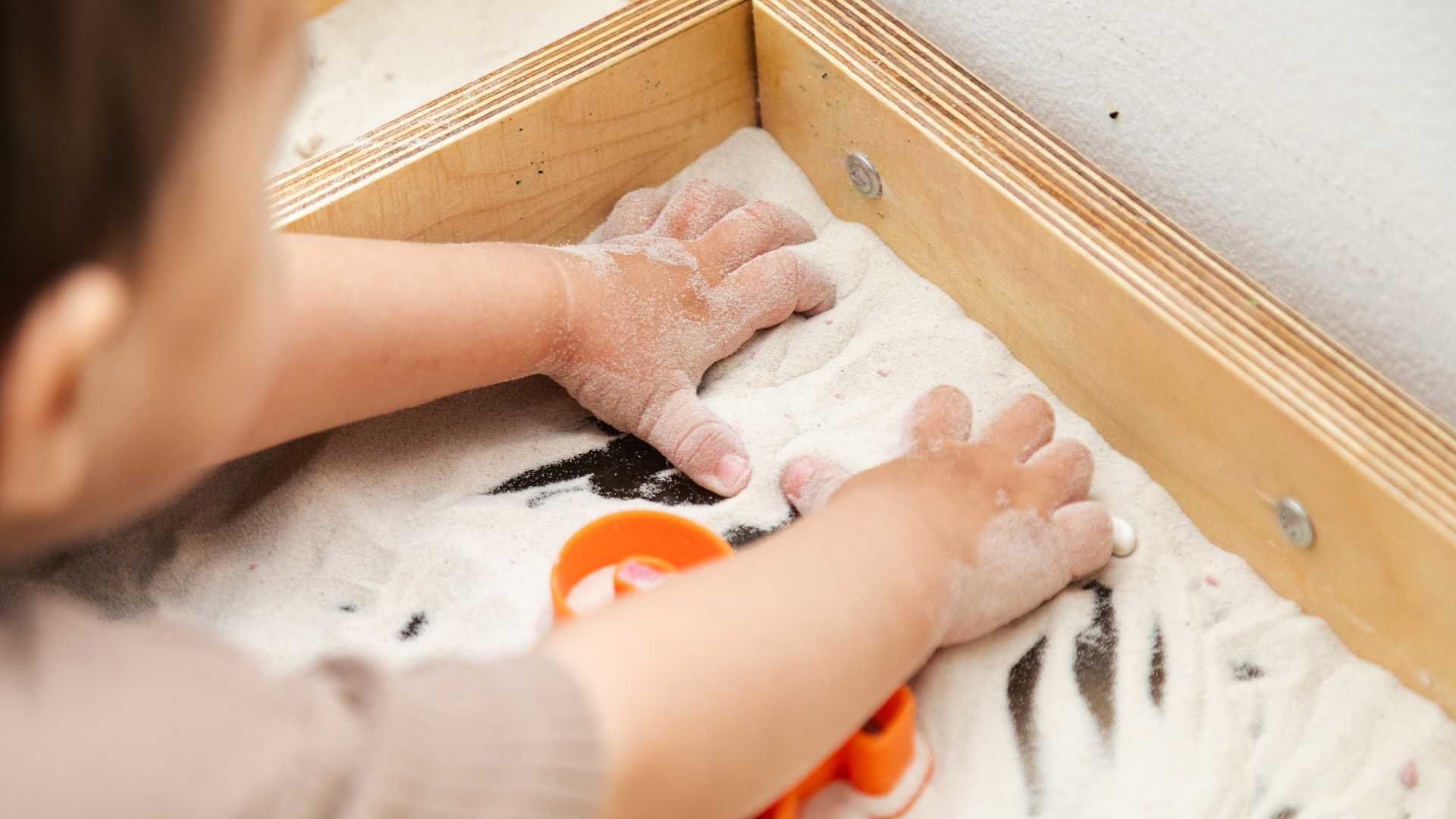Poor motor skills can manifest in various ways, impacting a child's ability to perform everyday tasks and engage in physical activities. From fumbling with buttons to struggling with playground equipment, these challenges can affect both fine and gross motor skills.
As a parent or caregiver, you might be wondering what poor motor skills look like in practice. Perhaps you've noticed your little one having difficulty with certain tasks, or maybe you're simply curious about typical developmental milestones. Understanding examples of poor motor skills can help you identify potential areas for improvement and support your child's growth.
In this article, we'll explore:
- What are fine motor skills?
- Examples of poor fine motor skills
- Impact on daily tasks
- What are gross motor skills?
- Examples of poor gross motor skills
- Effects on physical activities
Let's dive into the world of motor skills and uncover how we can support our little ones in their journey to mastery.
What are fine motor skills?

Fine motor skills are the intricate movements of hands and fingers that allow us to manipulate small objects with precision. These skills are crucial for many daily activities and play a significant role in a child's independence and learning journey.
Fine motor skills enable children to:
- Hold and use writing tools
- Button clothes and tie shoelaces
- Use cutlery effectively
- Build with small blocks or complete puzzles
- Turn pages in a book
Developing these skills is a gradual process that begins in infancy and continues to refine throughout childhood. As children grow, they naturally explore their environment, grasping objects and learning to control their movements.
Examples of poor fine motor skills
Imagine trying to thread a needle while wearing mittens - frustrating, right? That's a bit how children with poor fine motor skills might feel when tackling everyday tasks. Let's dive into some common signs of poor motor skills that might have you nodding in recognition:
- Difficulty gripping pencils or crayons, resulting in messy handwriting or reluctance to draw
- Struggles with using scissors, often cutting outside lines or avoiding cutting tasks altogether
- Challenges with small fastenings like buttons or zips on clothing
- Trouble manipulating small objects such as beads or puzzle pieces
- Difficulty using cutlery effectively, leading to messy mealtimes
Remember, every child develops at their own pace, so occasional struggles are normal. However, persistent difficulties across multiple areas might indicate a need for additional support.
Impact on daily tasks
Poor fine motor skills can significantly affect a child's daily life:
- Writing and drawing: Children may find it challenging to form letters or create detailed drawings, potentially impacting their academic performance and self-expression.
- Self-care routines: Tasks like brushing teeth or getting dressed can become time-consuming and frustrating.
- Mealtimes: Using cutlery effectively can be challenging, potentially leading to messy eating or reluctance to try new foods.
- Play and socialisation: Difficulty with toys or art supplies might impact a child's ability to engage in certain play activities with peers.
What are gross motor skills?

Gross motor skills involve the coordination of large muscle groups to perform whole-body movements. These skills are fundamental for mobility, balance, and overall physical development.
Gross motor skills enable children to:
- Walk, run, and jump
- Climb stairs and playground equipment
- Throw and catch balls
- Ride a bicycle
- Participate in sports and physical games
Like fine motor skills, gross motor skills develop progressively from infancy through childhood, with each milestone building on the previous ones.
Examples of poor gross motor skills
Poor gross motor skills can manifest in various ways. Some of the simple signs to look out for include balance issues, coordination problems and general clumsiness. Here’s some key signs to watch for:
- Struggling to stand on one foot or walk on a straight line
- Difficulty catching, throwing, or kicking a ball
- Frequently bumping into objects or tripping over their own feet
- Difficulty ascending or descending stairs confidently
- Hesitancy or difficulty using slides, swings, or climbing frames
Effects on physical activities
Poor gross motor skills can significantly impact a child's ability to participate in and enjoy physical activities, affecting various aspects of their daily life. In sports, children might find themselves struggling to keep pace with their peers, whether in team games or individual sports.
Playground interactions can become challenging, as navigating equipment like climbing frames, slides, or swings might prove daunting. Physical education classes at school, with their structured activities and specific skill requirements, might become a source of stress rather than enjoyment.
Despite these challenges, it's important to remember that with patience, support, and appropriate interventions, children can make significant improvements in their gross motor skills, opening up a world of enjoyable physical activities and boosting their confidence in the process.
Supporting children with poor motor skills
If you're concerned about your child's motor skills, consider these steps:
- Consult with a paediatrician, occupational therapist, or physiotherapist for an assessment.
- Provide plenty of opportunities for both fine and gross motor skill development through play and daily activities.
- Consider specially designed items like chunky crayons or ergonomic toddler cutlery to support skill development.
- Focus on your child's improvements, no matter how small.
Nurturing your child's motor skills

Remember, every child develops at their own pace, and with the right support and patience, most motor skill challenges can be overcome. If you're concerned about your child's motor skills, don't hesitate to consult with a paediatrician or occupational therapist for personalised guidance and strategies to help your little one thrive.
By recognising these examples of poor motor skills, you're better equipped to support your child's journey towards improved coordination and confidence in their daily activities. Whether it's practising with child-friendly cutlery at mealtime or engaging in fun, gross motor activities in the backyard, every small step contributes to your child's motor skill development.



Leave a comment
This site is protected by hCaptcha and the hCaptcha Privacy Policy and Terms of Service apply.